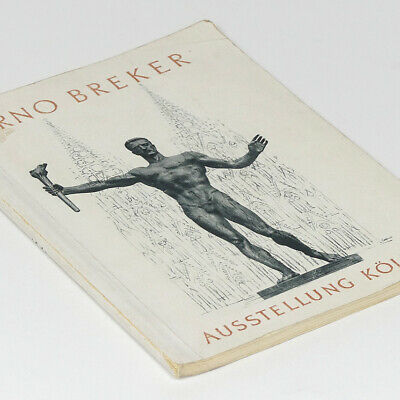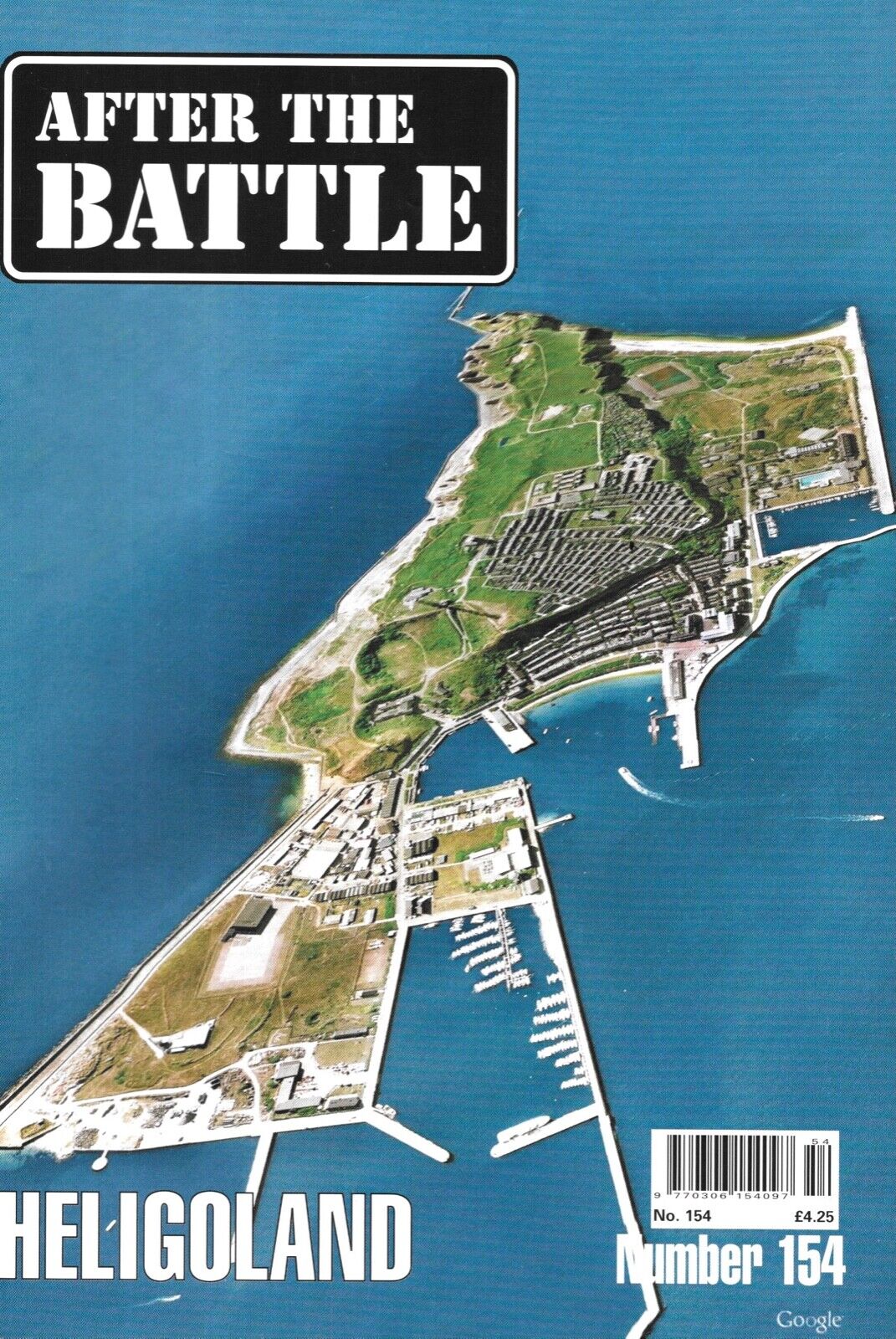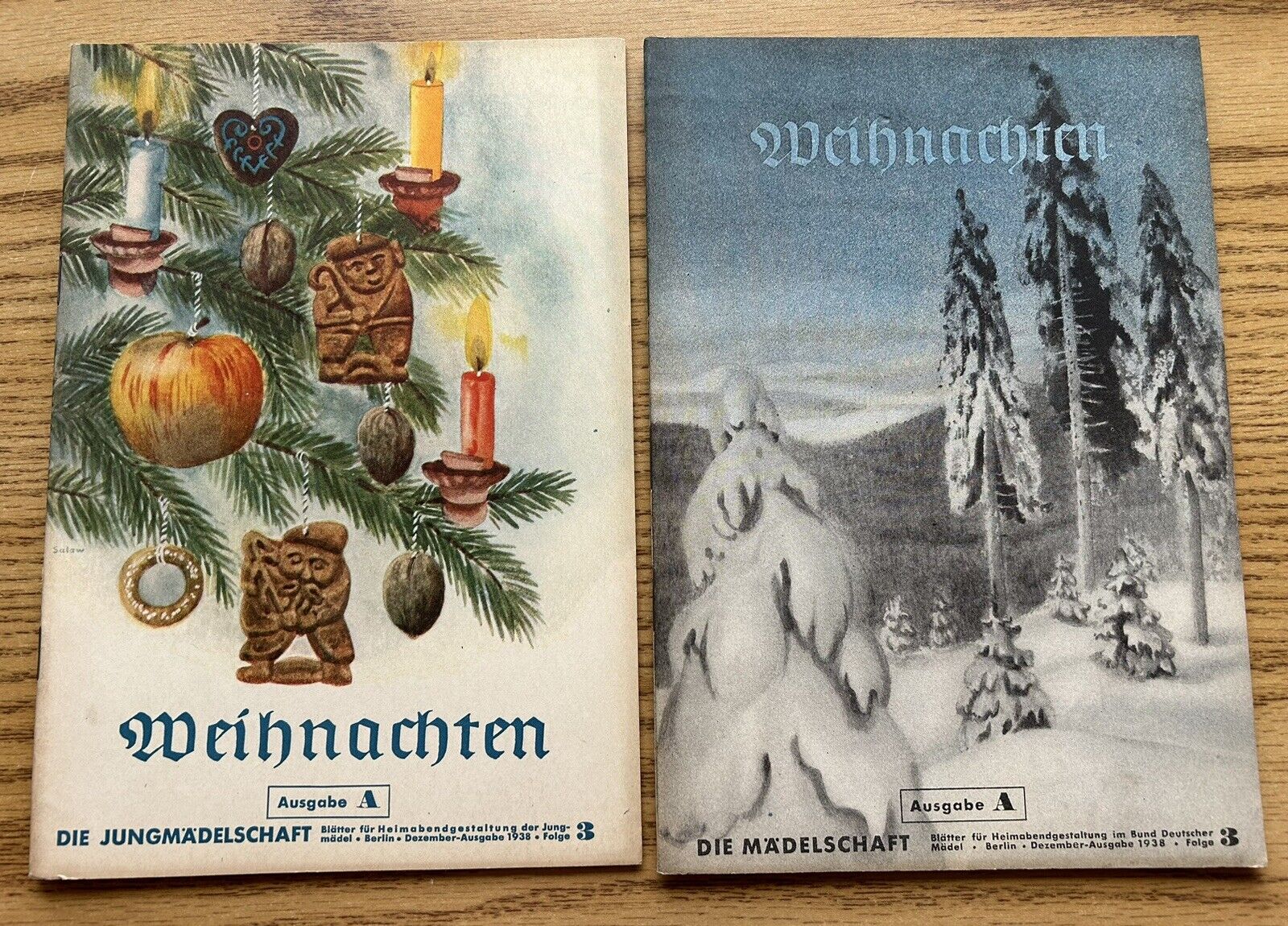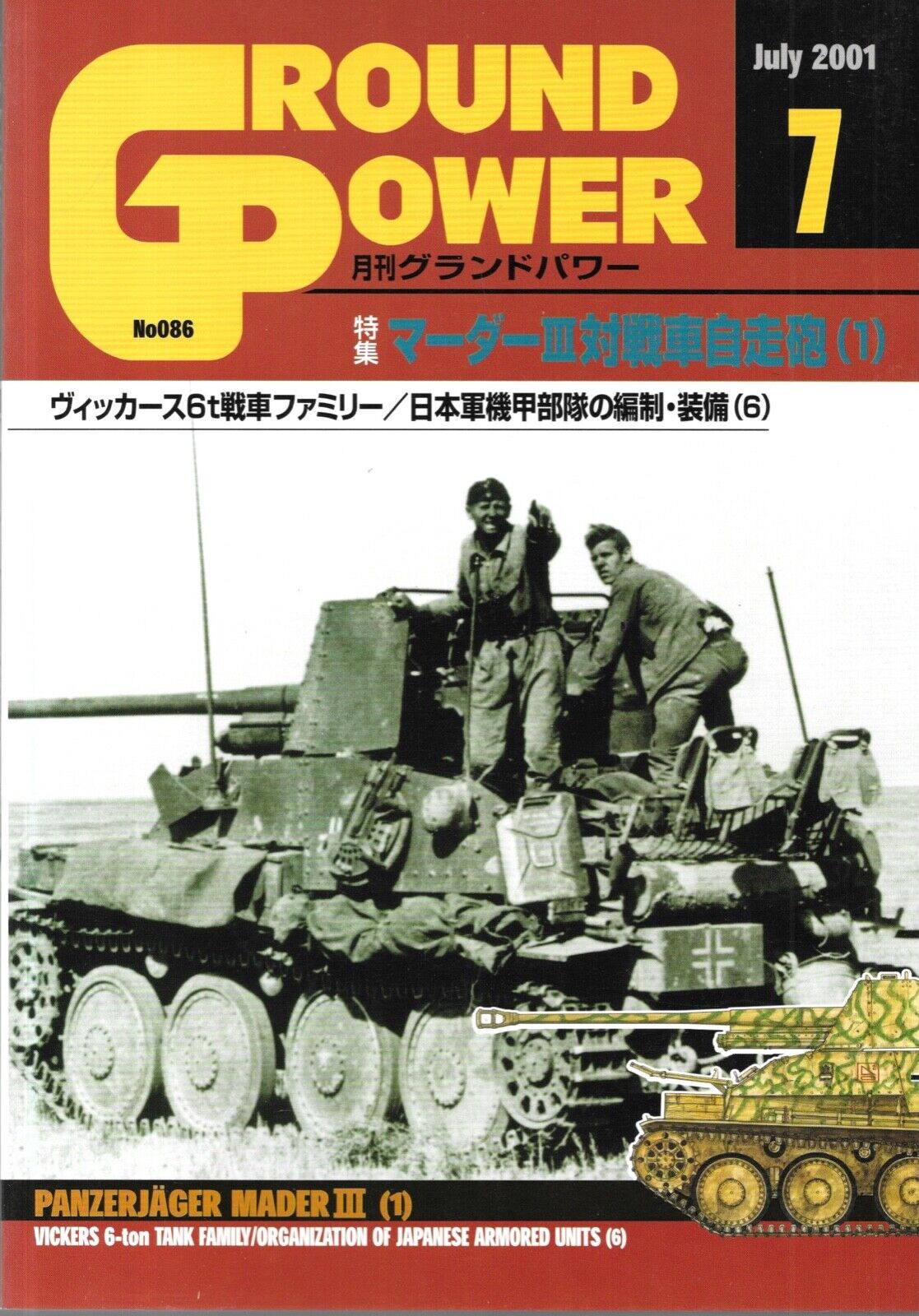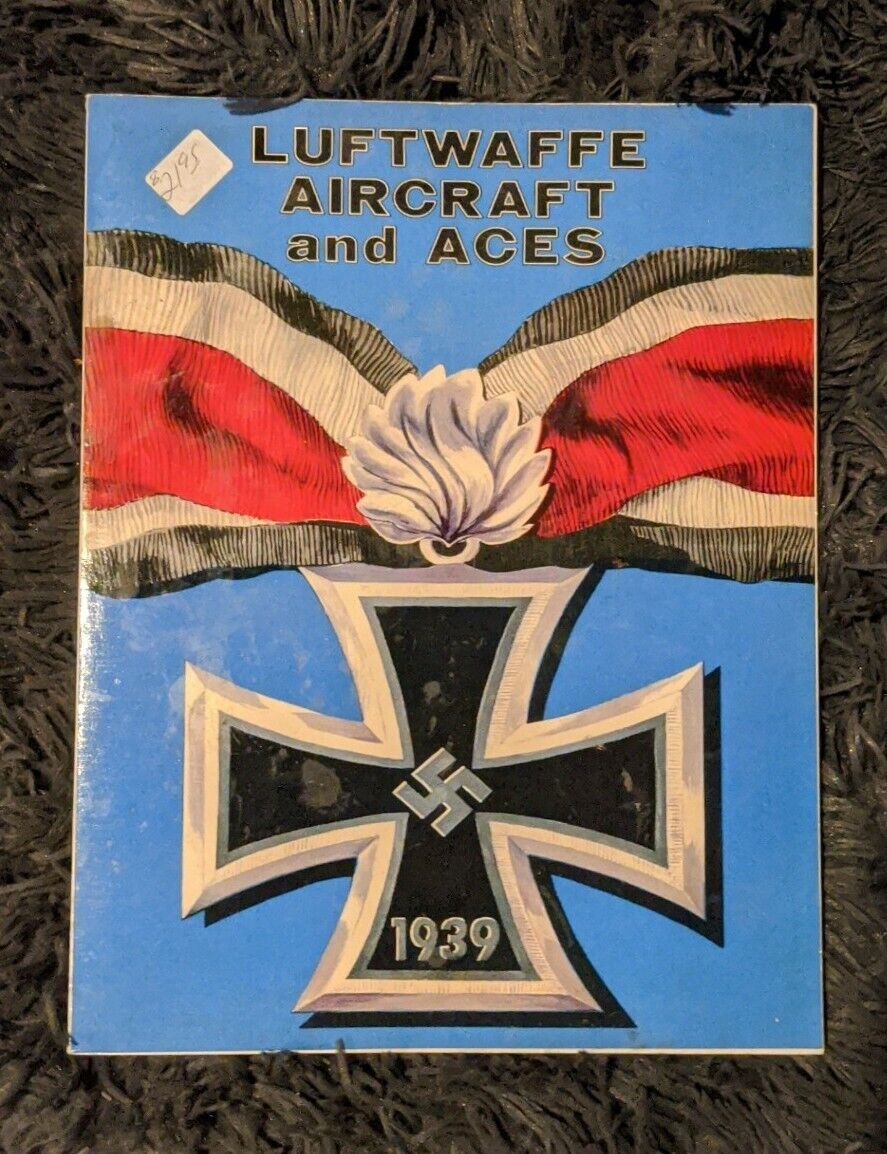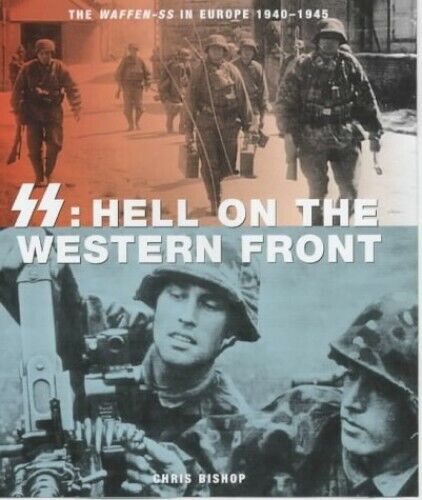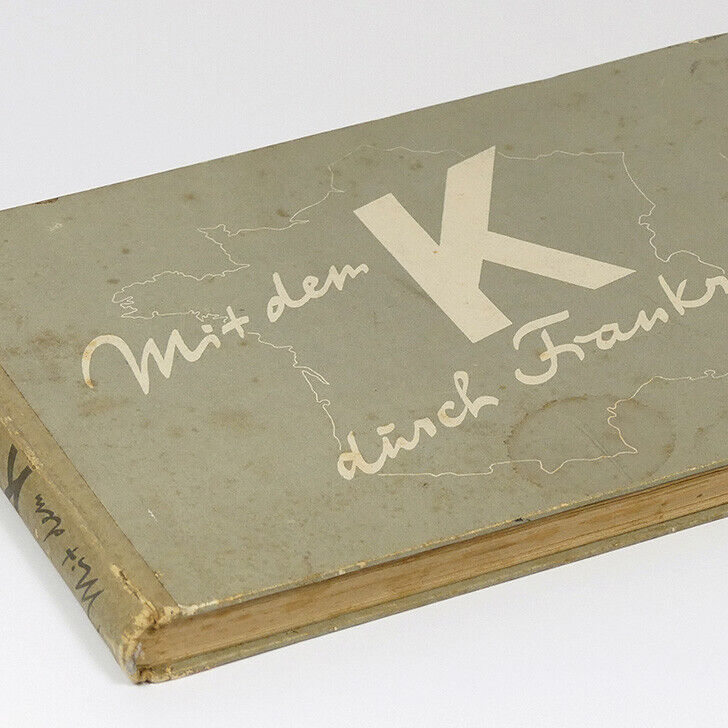-40%
Arno Breker German Guidebook Cologne Exhibition Germany Sculptor Albert Speer ++
$ 105.07
- Description
- Size Guide
Description
Arno BrekerExhibition in Cologne
This is a very heavily illustrated softcover guidebook for an exhibition held in Cologne (Köln).
The guidebook includes photos of Breker’s works such as Der Kunder, Bereitschaft, Eos, Anmut, Prometheus,
Dionysos, Mrs. Speer, Mrs. Bormann, Graf Luckner, Max Baldner, Der Wager, Adolf Hitler, Psyche, Albert Speer,
Schreitende, Arthur Kampf, Dr. Goebbels, Der Wäger, Cortot, Die Partei, Die Wehrmacht, Richard Wagner,
Gerhard Hauptmann, Iris, Die Berufung, Christofanetti, Die Fahne, Auszug zum Kampf, Aufbruch der Heimat,
Der Rächer, Kameradschaft, Rufer zum Streit, Aufbruch der Kämpfer, Auszug zum Kampf,
Frau Merkel, Kurt Edzard, Nugochi, Studienkopf, Dr. Goldschmidt, Olga Dexel-Dahlgreen, Kopf des Verwundeten,
Der Verwundete, Prinz von Bayern, Heros mit Fackel, Der Sieger, Lindgens, Adler, Robert Valencay and others ...
Softcover
64 pages
50 b&w photos
In
good exterior and very good interior
condition
.
Modest traces of use and age to wrappers, otherwise ok with minor traces of use and age.
Approx/Measurements: 6-1/4" x 4-1/2" ~0.2
lbs.
Published by District Cologne
Background info:
Arno Breker (Elberfeld, now Wuppertal, July 19, 1900 - Düsseldorf, February 13, 1991) was a German sculptor best known for being endorsed by the authorities of Nazi Germany.
Breker was born in Elberfeld, in the north of Germany, the son of a stone mason. He began to study architecture, along with stone-carving and anatomy, and at age 20 was accepted to the Düsseldolf Academy of Arts where concentrated on sculpture. In 1927 he moved to Paris, which he thereafter considered to be his home. He was quickly accepted by the art dealer Alfred Flechtheim. He also established close relationships with important figures in the art world, including Charles Despiau, Isamu Noguchi, Maurice de Vlaminck and André Dunoyer de Segonzac, of all of whom he later made portraits. He travelled to North Africa, producing lithographs which he published under the title "Tunisian Journey". He also visited Aristide Maillol, who was later to describe Breker as "Germany's Michelangelo".
In 1932 he was awarded a prize by the Prussian Ministry of Culture, which allowed him to stay in Rome for a year. In 1934 he returned to Germany on the advice of Max Liebermann. At this time Alfred Rosenberg, editor of the Nazi newspaper Völkischer Beobachter, denounced Breker as a degenerate artist. Despite this - and the fact that he never joined the Nazi Party - Breker was supported by many leaders. He took commissions from 1933 through 1942, for example participating in a show of his work in occupied Paris in 1942, where he met Jean Cocteau, who appreciated his work. He maintained personal relationships with Albert Speer. In 1936 he won the commission for two sculptures representing athletic prowess, intended for the 1936 Olympic games, one represented a Decathlete (“Zehnkämpfer”) and the other The Victor (“Die Siegerin”).
The neoclassical nature of his work, with titles like Comradeship, Torchbearer, and Sacrifice, typified Nazi ideals, and suited the characteristics of Nazi architecture. On closer inspection, though, the proportions of his figures, the highly colouristic treatment of his surfaces (the strong contrasts between dark and light accents), and the melodramatic tension of their musculatures perhaps invites comparison with the Italian Mannerist sculptors of the 16th century. This Mannerist tendency to Breker's neoclassicism may suggest closer affinities to concurrent expressionist tendencies in German Modernism than is acknowledged.
His twin sculptures The Party and The Army held a prominent position at the entrance to the Reichs Chancellery.
Breker was a professor of visual arts in Berlin, until the fall of the Third Reich. While nearly all of his sculptures survived WWII, more than 90%25 of his public work was destroyed by the allies after the war.
Shipping Options
Free
Airmail shipping with recorded delivery to any destination in the world
dewabit
